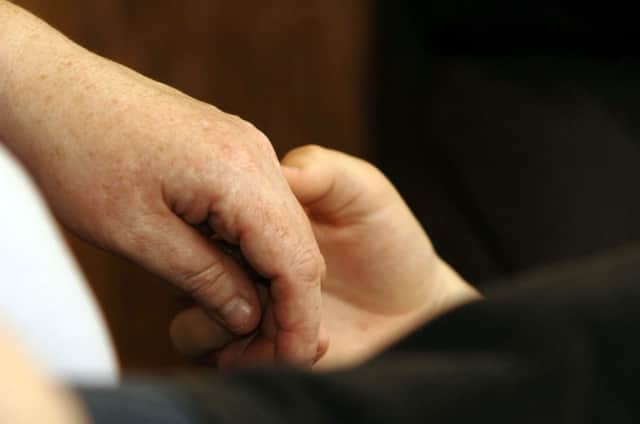People need a system that works with them


Absolutely key to social care for decades has been the adoption of person-centred values to underpin work with people who need support. It is a simple concept which implies the simple demands of affording dignity and respect, of enabling informed decision-making, and of empowering a person to be in control of their life and what, how and when works for them. A service should be person-centred, care should be person-centred, and support should be person-centred. A support worker would no sooner describe what they did as non-person-centred as an organic farmer would label a carrot non-organic, or a manufacturer proudly describe their packaging as non-recyclable.
Person-centred, for all that it has a positive meaning, is jargon and, as is the way with jargon, it has spawned yet more. A trio of new terms which emerged are Personalisation, Personal (or Individualised) Budget and Self-Directed Support. Forgivable as it would be to use these synonymously, they have different and quite distinct meanings.
Advertisement
Hide AdAdvertisement
Hide AdPersonalisation is person-centredness by another name – an outcome that support is tailored and responsive to an individual rather than a one-size-fits-all approach.
An Individualised Budget is the total amassed amount available from all sources to purchase the support and services for an individual.
And Self-Directed Support (SDS) is the term given to the process from the construction of that Individualised Budget through to the person using it to buy services or supports they have chosen.
A fundamental part of SDS is the Resource Allocation System (RAS), a structured assessment of the person’s abilities and needs which provides the basis for calculating the cost for meeting their needs, termed the indicative budget. Also included in the budget will be the individual’s personal financial contribution set by the local authority. Different local authorities can and do set different contribution rates.
If this is tortuous to read about, imagine how much more so it is to the person caught up in it.
Self-Directed Support is a bottom up-process. It embodies fairness to the individual because it consists of an objective assessment of what they personally need and what type of resources would meet that need. The problem is that this process takes place in isolation from all the other processes with all the other individuals. Clearly SDS is only achievable if the overall available finance is sufficient to meet the assessed needs of all those many individuals combined. SDS works as intended only in a world of unlimited resource.
The RAS will merrily allocate funds until the point where the money runs out. Unfortunately, when that point is reached there is still a queue of people needing all variety of support.
The solution to the problem of running out of cash has generally been to have panels reviewing the system’s conclusions and reducing the indicative budgets it has calculated for individuals. The basis for their decision about the individual is awareness of the total budget available, which means scooping money from all the personal indicative budgets. Since it avoids running out of money it makes sense to tack this on to the RAS with double-sided sticky tape, but if this appears to make a mockery of going to all the trouble of establishing a resource allocation system in the first place, that’s because it does. If it also appears to run counter to the principle of personalisation that is because it does that too. It is arguably less personalised and more bureaucratic and wasteful than what it replaced – a care manager with knowledge of the person working with them to achieve a best fit of their needs with what they know are the available resources. With SDS the person is involved but excluded when the real decisions are made by those most distant from them.
Advertisement
Hide AdAdvertisement
Hide AdAll of this matters because people – individuals, their family, social workers and others – need a social care system that actually works with them and for them, and for all of us who might have some cause to need social care at some time. Most of those involved sensed SDS wasn’t going to work as they were told it would, and that it wouldn’t deliver as advertised for the majority.
True personalisation means giving an individual control over what they are able to manage for themselves. It means that the assessment of a person’s needs is a process in which they are intimately involved. It means having an honest conversation about limited resources and enabling the person to make informed and sometimes tough choices. It is, in fact, the application of good, solid social work practice grounded in values that are person-centred and properly self-directed. SDS is not personalisation, and personalisation is not SDS.
• Lesslie Young is chief executive of Epilepsy Scotland
SEE ALSO